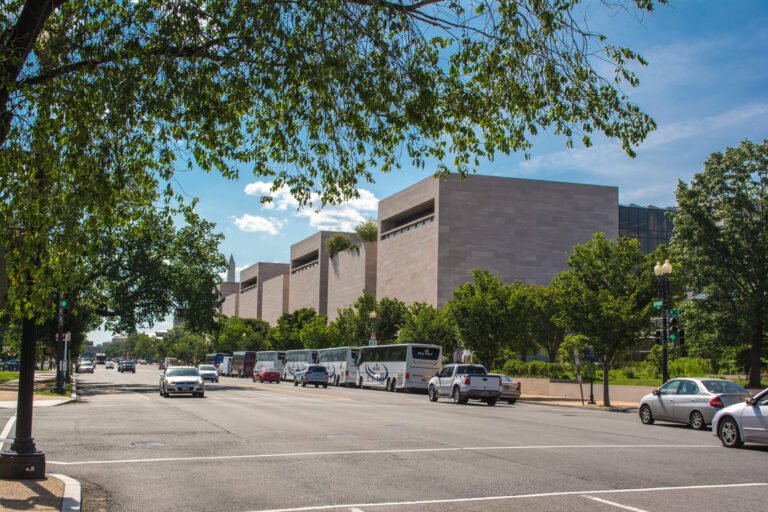Darkeness and Color

Instead, I choose to consider Architecture as Landscape in the terms cited above. In more practical terms, this corresponds to a comprehensive exploitation of the attributes of glass used in architecture. Glass and clouds, trusses and trees, air and water/ice are subsumed and consumed within this total movement, an image of beauty simultaneously painful and pleasurable.
I have realized that the complex relationship of nature to architecture should be explored more substantially by fully exposing its reciprocal character. To do so, this revised approach has been based on the close examination of landscape as an embodiment of change.

One should not only refer to the apparent changes recorded throughout the seasonal time span, as triggered by the changing pattern of the sun’s movement, but to those rather minute in comparison changes that affect the appearance of things. Such changes momentarily flicker before our eyes but are capable of exciting the senses and revealing the hidden essence of things.


Throughout the several stages of my involvement with photography, I have always been vaguely aware of expressive elements that appeared in my work with regularity. Of course, there are conscious choices of subject matter that every creator makes through in work and these are legible in the outcome: like for example, my fascination with extreme landscapes of isolation. There are other patterns however, or motifs, which can either date back to formative experiences, like darkness and the obsession with the edges of the world, or develop through time, as my relationship with the subject matter becomes more intimate, producing new associations, like the fascination with ruins and excavations.


The darkness that attracts me in photography is both literal and figurative, related to lighting and emotional content. Photographing desolate lands with no sign of life and capturing the extreme isolation is a palpable type of emotional darkness. Driven by memories of a childhood in a mysterious but sullen city littered with remnants of a disappearing past, but also by a career that sent me crawling in airless underground chambers, I often try to infuse my photographs with that same sense of obscurity.



